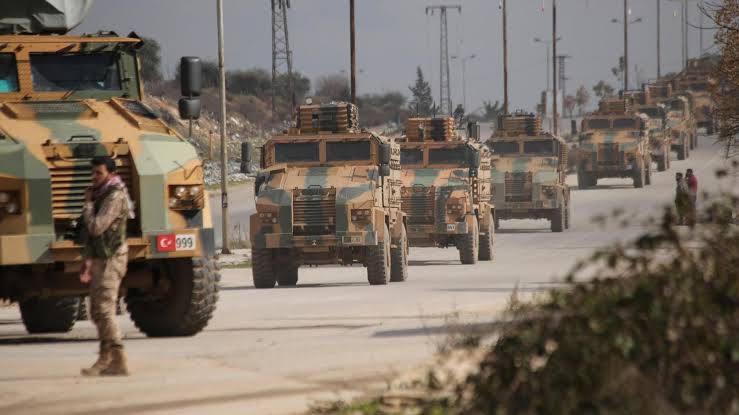Ankara, April 06, 2024, The Europe Today: Türkiye has announced the suspension of its implementation of the Treaty on Conventional Armed Forces in Europe (CFE), aligning with similar actions by other NATO allies. This decision comes several months after Russia’s withdrawal from the pact and the suspension of implementation by the United States.
The Turkish Foreign Ministry spokesperson, Oncu Keceli, emphasized in a formal statement on Friday that Türkiye has opted to suspend rather than withdraw from the CFE treaty. Keceli noted that Russia’s withdrawal from the treaty in November significantly impacted the feasibility of continuing meaningful implementation.
“In this context, a statement by the NATO Council on November 7 was issued. We subsequently released another statement outlining our decision and its justifications,” explained Keceli. “The majority of NATO allies, who are parties to the CFE, have entered into force with their decisions to suspend implementation of the treaty.”
The process to enact Türkiye’s suspension was finalized internally and will take effect on April 8, 2024. A presidential decree regarding this matter was officially published in the Official Gazette dated April 5, 2024.
The CFE treaty, initially drafted in 1990 and updated in 1999 in Istanbul, was a pivotal agreement that took into account the dissolution of the Warsaw Pact and NATO’s expansion. Its significance has evolved over the years, reflecting changing global security dynamics.
While Türkiye’s decision to suspend the CFE treaty’s implementation underscores the evolving nature of international agreements amidst geopolitical shifts, Keceli underscored that this suspension is reversible, highlighting Türkiye’s continued engagement in international security dialogues and its commitment to adaptive diplomacy.
For more details and insights on this development, stay tuned for further updates from official sources and diplomatic channels.


